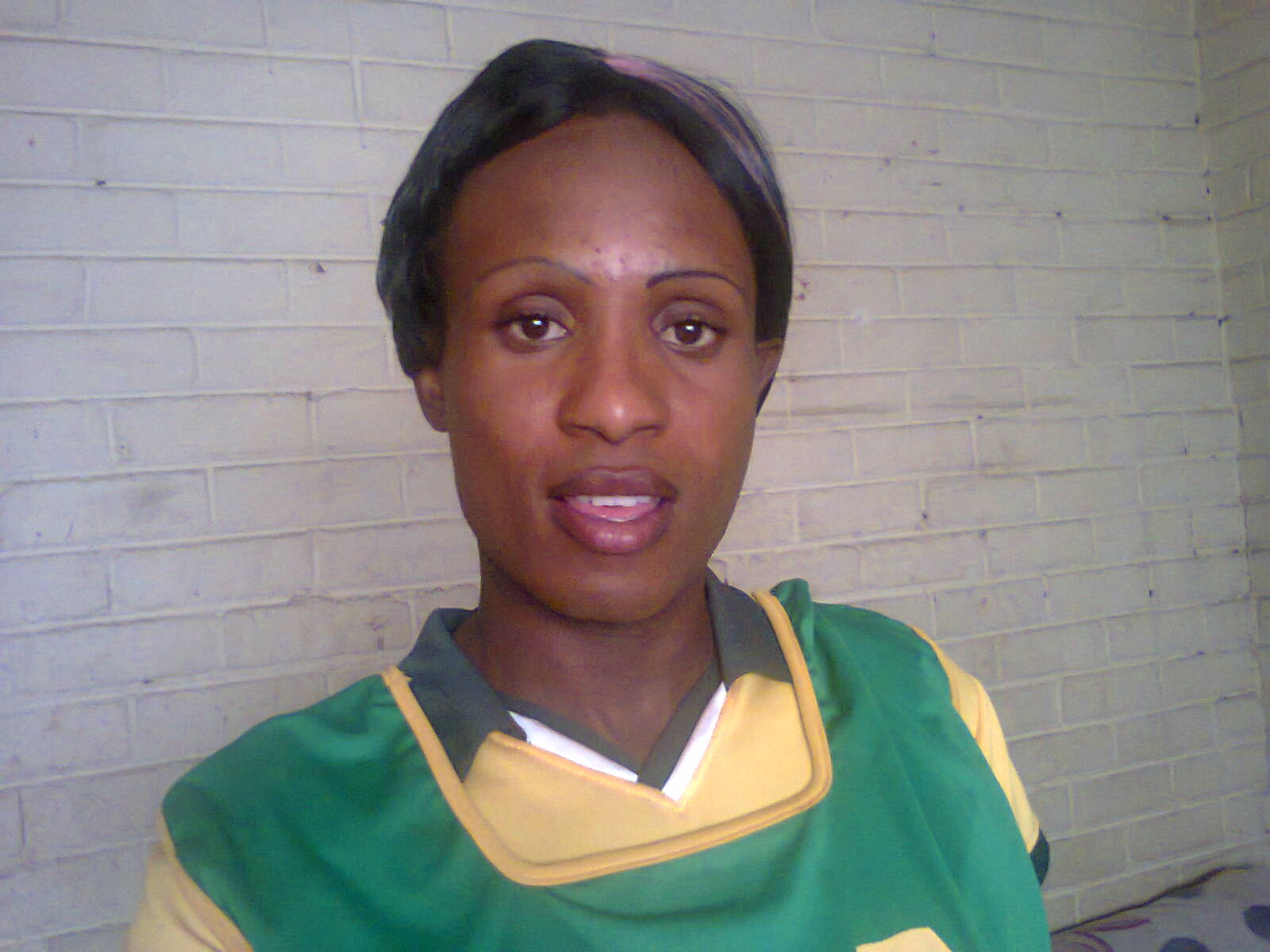More load shedding looms for Sadc

 Oliver Kazunga and Happiness Zengeni in Victoria Falls
Oliver Kazunga and Happiness Zengeni in Victoria Falls
SADC should brace for increased electricity load shedding between now and 2018 due to lack of investment and implementation of regional power projects, an official said yesterday.
Addressing delegates at the Regional Energy Regulators Association for Southern Africa meeting in Victoria Falls yesterday, the Southern African Power Pool Co-ordination Centre manager, Dr Lawrence Musaba, said energy projects were not properly packaged due to a lack of funding.
“Power deficits in Sadc started in 2007 and at the moment we’re commissioning projects that generate 1 100 megawatts yearly while the demand for energy is rising. Before the World Cup in 2010 power demand was 4,6 percent and is now averaging 5 percent.
“Between now and 2018 load shedding in the region will continue due to lack of implementation and delays in implementing other projects in the region,” he said.
“By 2018 all the countries in Sadc need to have an integrated approach to address power constraints in the region.”
This year, Dr Musaba said, the region was expected to commission 2 896MW but with a few weeks before the end of the year the target was likely to be missed.
“Our planned generation for the period 2014-2018 stands at 28 000MW. By 2016, we should be getting out of the deficit if the projects are implemented. There’s need for the region to implement the planned projects . . . ”
SAPP was constituted by 12 Sadc member states although the bloc has 16 countries.
“The region has installed generation capacity of 58 gigawatts and what is available is 51GW,” said Dr Musaba.
He said in terms of transmission the central corridor that includes countries such as the Democratic Republic of Congo, Mozambique , Malawi and Angola needed to be reinforced.
He noted that participation of the private sector in the energy sector through coming up with initiatives such as bankable power purchase agreements and appropriate levels of electricity tariffs, among others, was critical in the region.
He said the process of assigning priority projects and criteria when agreed by SAPP should be implemented by member states.
Demand for power in Southern African has been increasing at an average rate of 3 percent per annum. In the last 10 years demand for power in the SAPP region increased by over 32 percent, equivalent to 13 000MW. Unfortunately, there has been no corresponding investments in generation and transmission infrastructure (11 202MW generation added from 2004 to 2013) resulting in the supply deficit that the region was facing.
The reasons for the deficit include economic growth of more than 5 percent in most of the SADC member countries resulting in unprecedented growth in electricity consumption and demand.
There has also been an increase in demand for base metals resulting in high metal prices on the world market with new mining companies being established in the SADC region in the last few years.
Further, inadequate investments in generation and transmission infrastructure over the last 20 years caused shortage while electrification programmes have partly contributed to the increased consumption and demand.
The challenge of potential power shortage was identified and communicated, but not adequately mitigated.










Comments